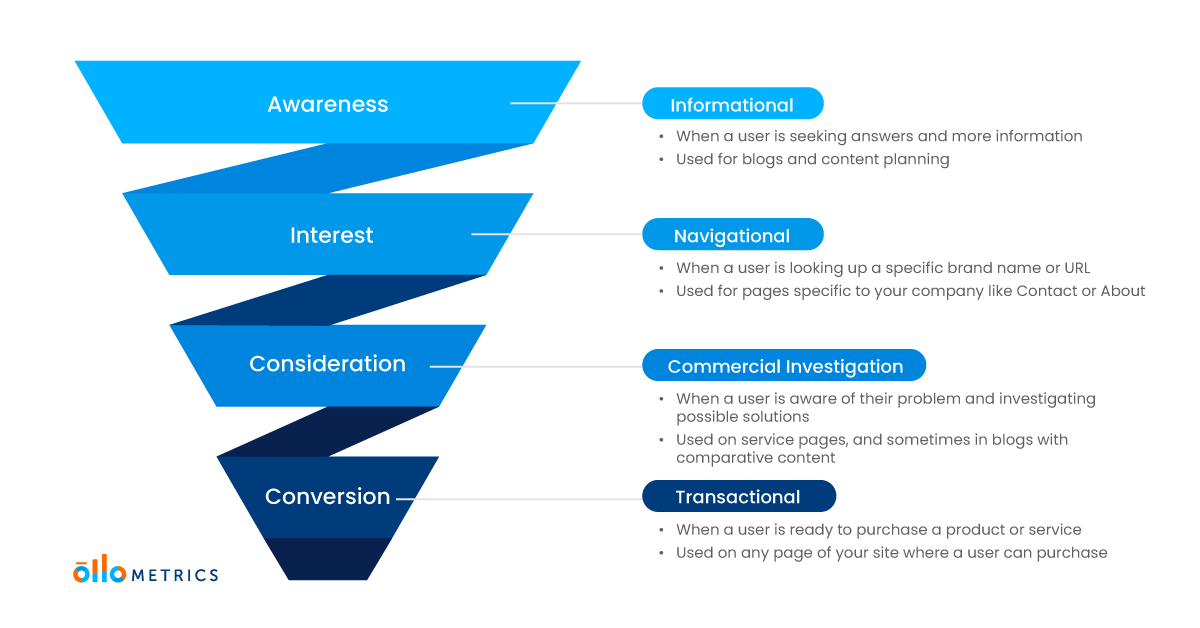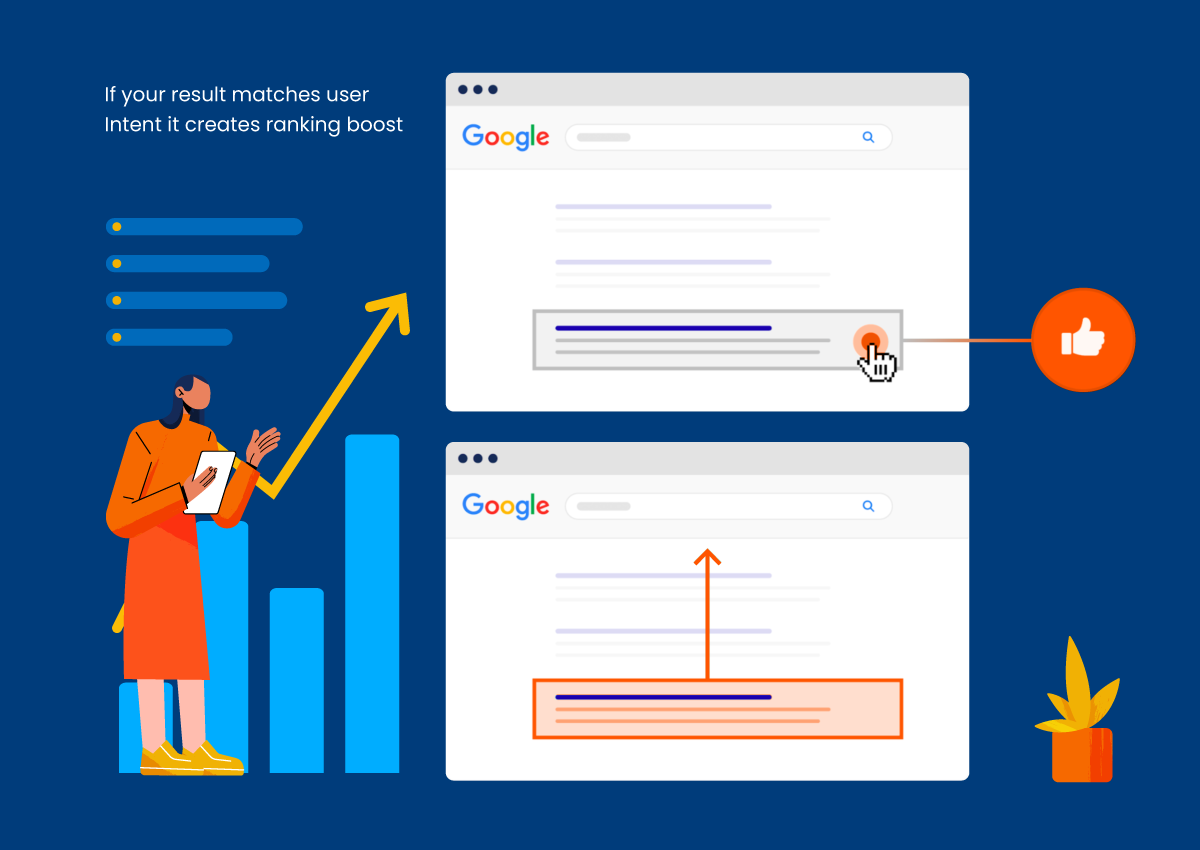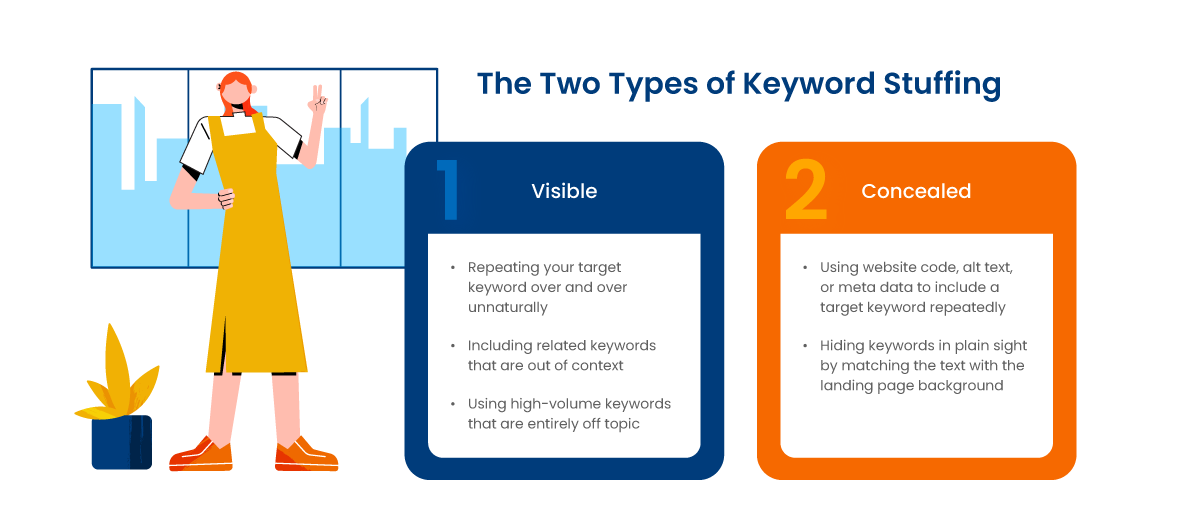The Ultimate Keyword Mapping Guide for Increasing Organic Traffic and Conversions

- By Lauren Van Woerden
- 6 min read

Effective keyword mapping is one of the most important things you can do to improve your website’s traffic and conversions. It’s the foundation of any solid SEO strategy, and it’s crucial to get it right.
But don’t let that intimidate you out of creating a keyword map for your own website. All of SEO is a work-in-progress. We’re always learning and improving as we go. The real key is just getting started and tweaking for performance improvements along the way.
So let’s break down the basics of keyword mapping so you can visualize the value of this practice for elevating your online traffic and conversions.

Keyword mapping is the process of assigning specific keywords to individual pages on your website. This helps search engines understand what your pages are about and which keywords they should rank for.
When you create a keyword map, you’ll be identifying the most relevant and valuable keywords for your business and mapping them to the pages on your website that are most closely related to those keywords. This helps ensure that your content is optimized for the right keywords and that search engines understand the relevance of your pages.
At its core, keyword mapping is about understanding the intent behind user searches and targeting the right keywords to meet that intent. By doing this, you’ll be able to attract more qualified traffic to your website and improve your chances of converting those visitors into customers.
It’s also important to understand user intent when creating your keyword map. User intent refers to the reason why someone is searching for a particular keyword.
There are 4 types of keyword intent that are important to understand. This funnel should help you visualize why these types of intent are so different.

For example, someone searching for “best roofer in Vancouver” has a different intent than someone searching for “types of roofs”. By understanding user intent, you can create a keyword map that targets keywords with landing pages or content that are relevant to your audience’s needs and interests.
Using right keywords based on your customer’s intent will also increase your chances of ranking higher in search engine results pages, improve your click-through rates, and ultimately drive more traffic and conversions to your website.
Keyword mapping may sound like a big undertaking, but the reward of the finished product will justify the thought process you have to go through to get there. Here are some steps to break it down:
The first step in creating a keyword map is identifying your head keywords. These are the general keywords or phrases that are most relevant to your business or industry. For example, if you run a wellness clinic, your head keywords might include “massage therapy,” “physiotherapy,” and “chiropractor.”
To identify your head keywords, think about the products or services you offer and the words or phrases that customers might use to search for them. You can also use tools like Google Keyword Planner or SEMrush to research popular keywords related to your business.
Once you have your head keywords, it’s time to expand your list by identifying related keyword variations and phrases. This will help you create a more comprehensive keyword map that covers all aspects of your business. You’ll also want to start looking at the search volume and keyword difficulty at this point to find opportunities that your website can realistically rank for (see this article on keyword difficulty for more information).
To expand your list of keywords, use tools like Google’s related searches or the “People also ask” section of Google search results. You can also utilize keyword research tools like Ahrefs, SEMrush, or Ubersuggest to generate a list of similar keywords and phrases.
Now that you have a list of relevant keywords, it’s time to organize them into categories. This will make it easier to optimize your website and content for each keyword group.
To categorize your keywords, think about the different areas of your business or website that each keyword relates to. For example, if you run an e-commerce store, you might categorize keywords by product type or category.
Once you have your categories and keywords organized, it’s time to map each keyword to a specific page or piece of content on your website. This will ensure that each keyword is being targeted appropriately and that your content is optimized for search engines.
To map your keywords to pages on your website, create a spreadsheet or document that lists each category and the pages or content that are associated with it. Make sure to include the targeted keyword or phrase for each page or piece of content.
Here’s an example:

It’s important to regularly analyze and refine your keyword map over time. This will help you stay up-to-date with changes in your industry and search trends, and ensure that your website is always optimized for the most valuable keywords.
So you’ve built the plan, now it’s time to make the magic happen. To implement your keyword map effectively, start by analyzing your existing website content and identifying areas that need improvement. Use your keyword map to optimize your content, incorporating your target keywords strategically while ensuring the text remains natural and readable for your audience.
There are seven places to use your focus keyword for proper on-page optimization:
Remember that implementing your keyword map is an ongoing process. Keep track of your website’s performance metrics to ensure you’re seeing results from your new SEO strategy and driving traffic and conversions to your site. You can always tweak your plan as needed based on your results, but remember that organic traffic builds over time; it’s not a faucet you just turn on like Google Search Ads.
Creating a keyword map with the right focus keywords for your business can be a game-changer for your SEO strategy. Here are a few pretty common mistakes that can hinder the performance of your efforts though.
One of the most common mistakes businesses make when creating a keyword map is failing to understand their audience’s search intent. It’s crucial to identify what your audience is searching for and the intent behind their search queries to deliver the content that fulfills their search. Targeting keywords with the wrong type of content can negatively impact your search rankings and traffic. You may get more impressions to start with, but your conversion rate will quickly drop.

To avoid this mistake, take the time to research your audience’s search behavior and preferences. This includes analyzing your website’s analytics data (check out Google Search Console), monitoring search trends (try asking ChatGPT!), and conducting keyword research (Ubersuggest is a free tool to start with). By doing so, you can identify the most relevant and valuable keywords to target for your business.
This is the practice of adding an excessive amount of keywords to a webpage. Keyword stuffing used to be an effective SEO strategy, but search engines have since evolved to penalize this behavior. It is now referred to as a “black hat” tactic.

Kids, don’t try these at home!
I recommend using your focus keyword strategically and sparingly, and enhancing that keyword’s performance by using semantically-related keywords throughout your page.
You can use a tool like SEMrush to find those semantically-related keywords. In the end though, your focus should be on creating high-quality content that provides value to your audience and includes keywords naturally.
Failing to update your keyword map regularly is another common mistake that businesses make. Updating or refocusing your keyword map over time allows you to keep your content fresh (which will also help you win with search engines) and go after the most competitive keywords that your domain authority will allow. Maybe a year ago you couldn’t possibly have ranked for that ideal keyword, but after focusing on your SEO strategy for a year, check to see if now is the time!
This one is easy to avoid. Just set aside time to review and update your keyword map on a yearly basis to identify new opportunities and ensure that your content strategy aligns with your business goals.

Spending on Google Ads but not seeing real revenue? You might be making one of these critical mistakes.
Optimizing your website structure and content plan for search engines is a critical aspect of your online marketing strategy. A well-executed keyword map can help you improve your website’s impressions, attract more clicks, and ultimately increase conversions and revenue.
Excited about creating a keyword map, but overwhelmed by your growing to-do list? Talk to a Strategist and ask about our SEO services to get a keyword map started for your business.
Be the first one invited to our hands-on workshops, and get updates on our latest digital marketing blog releases.